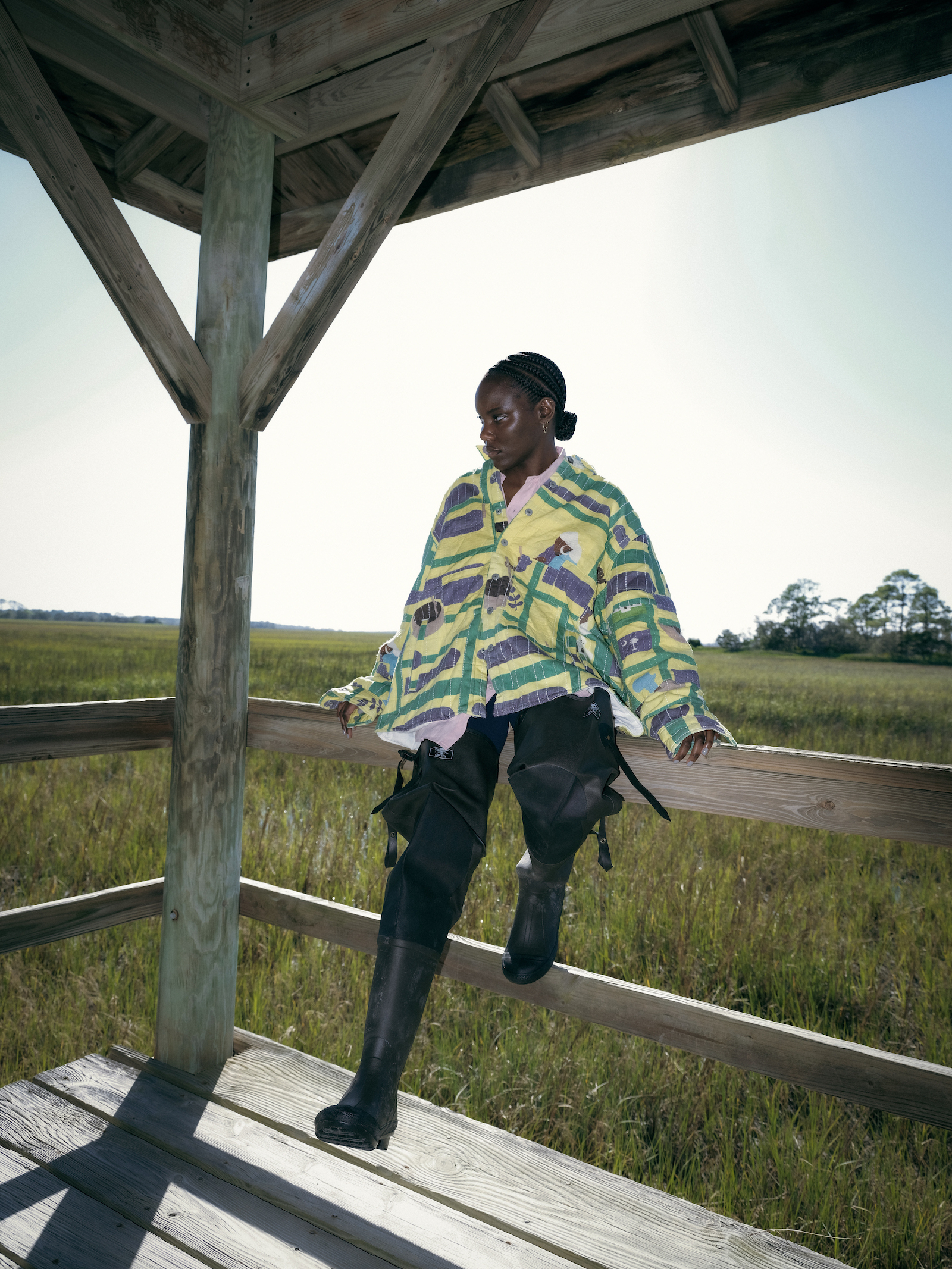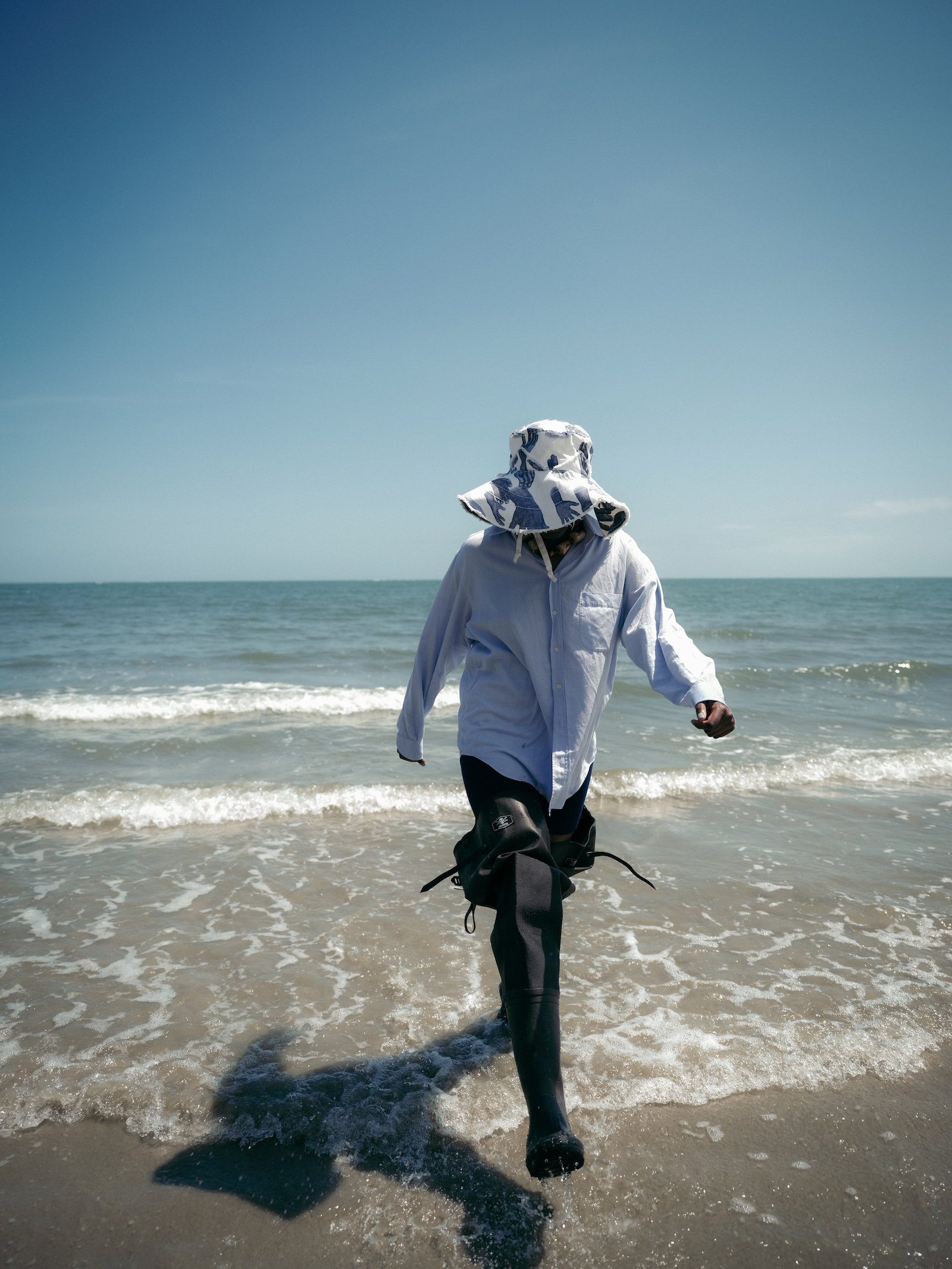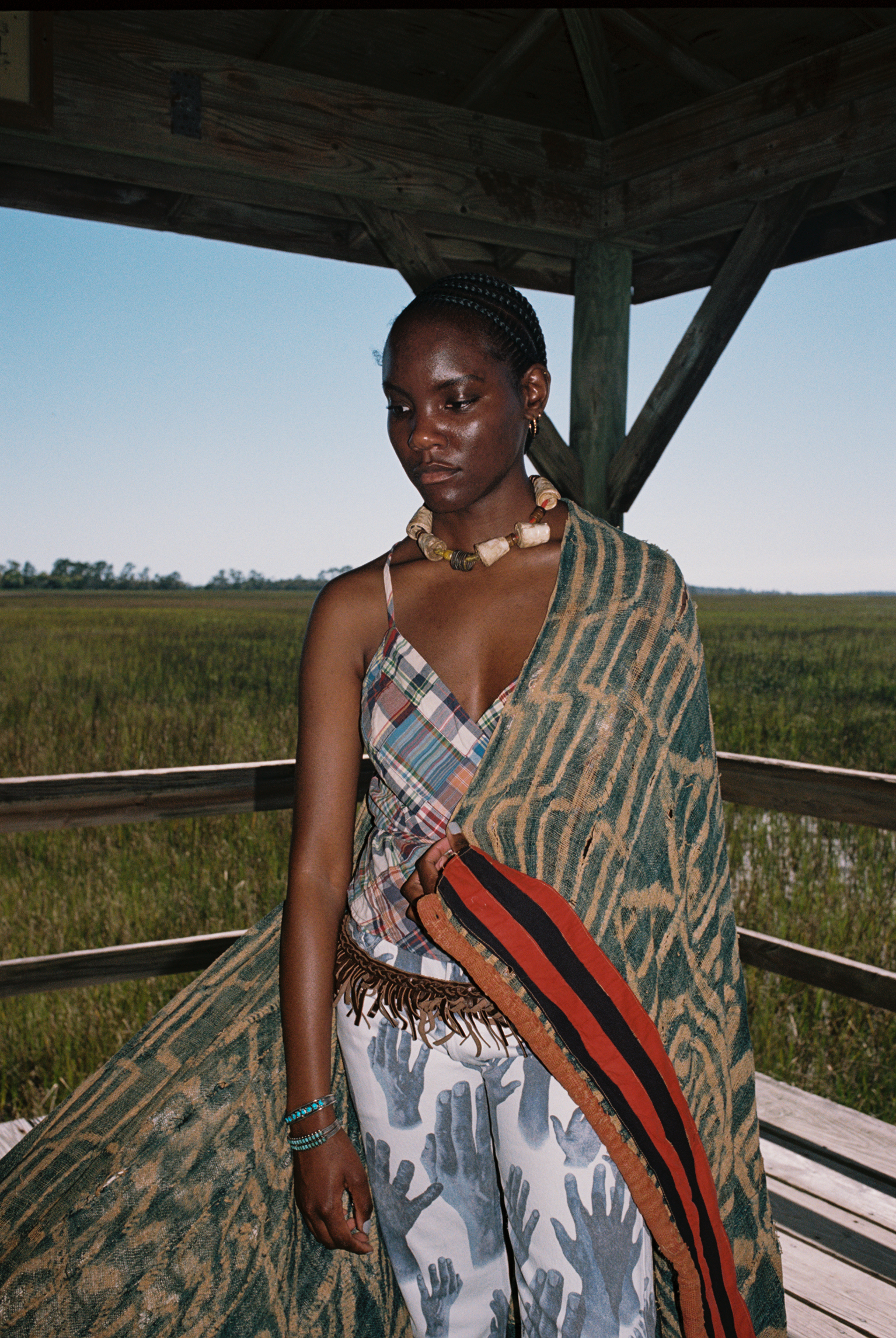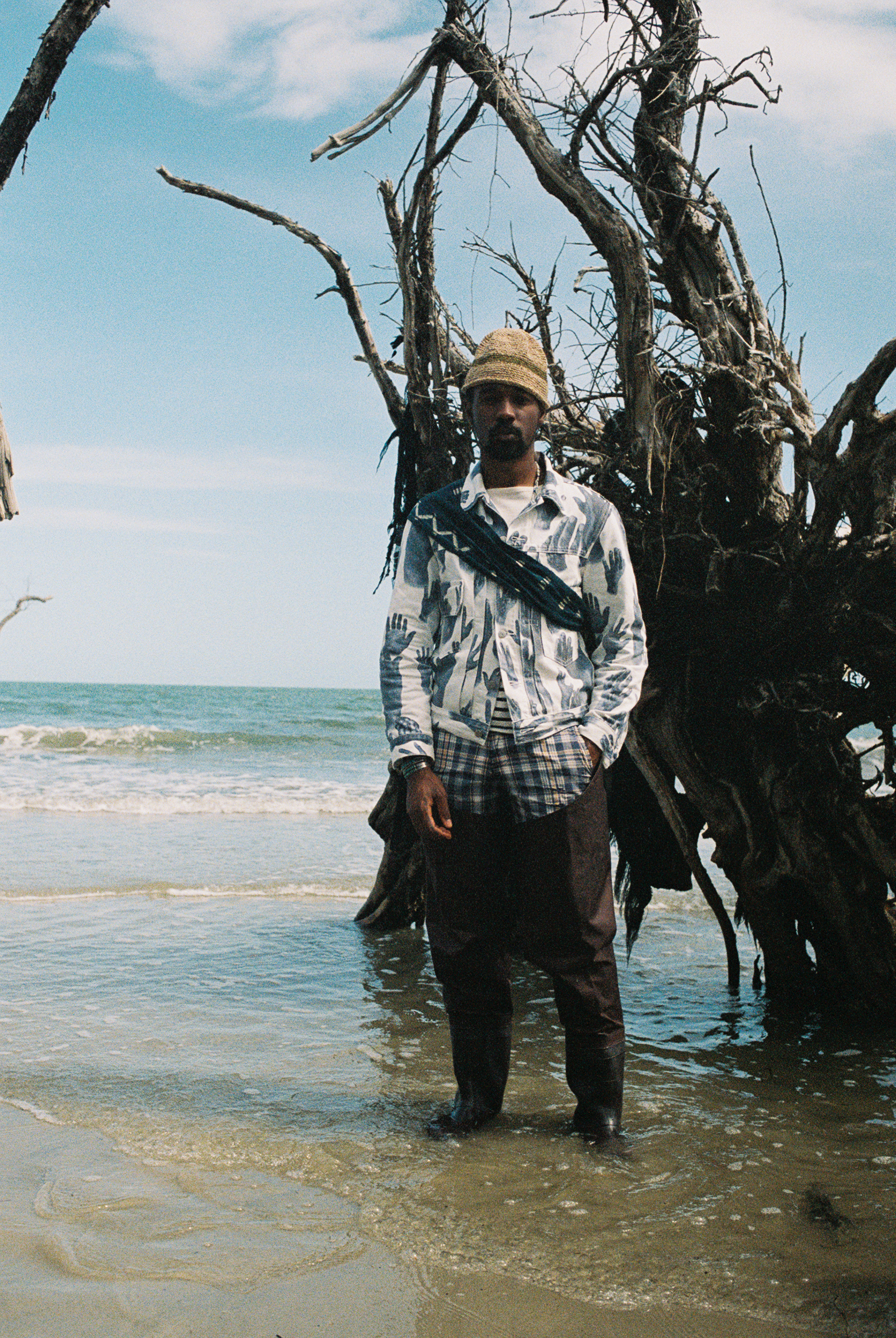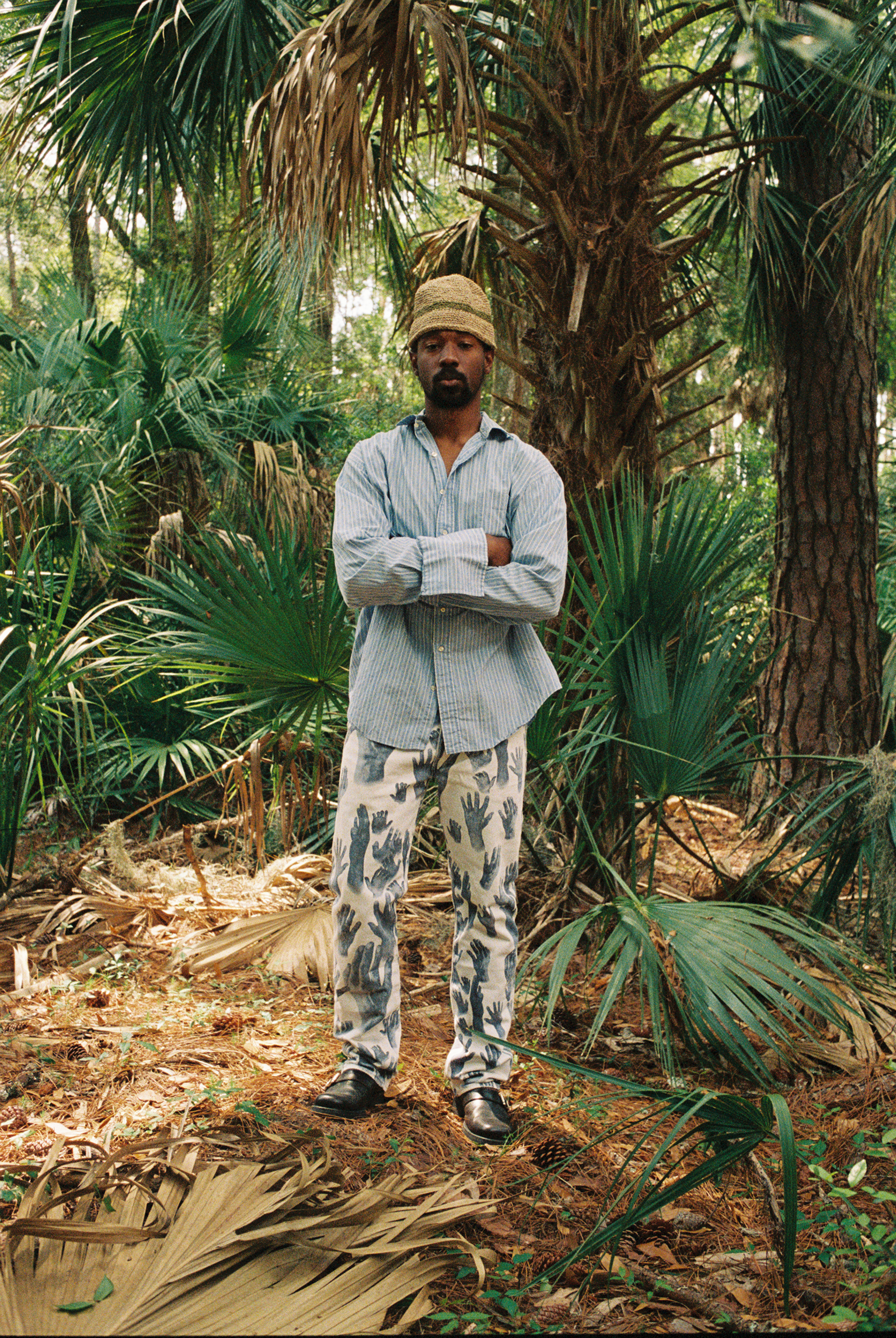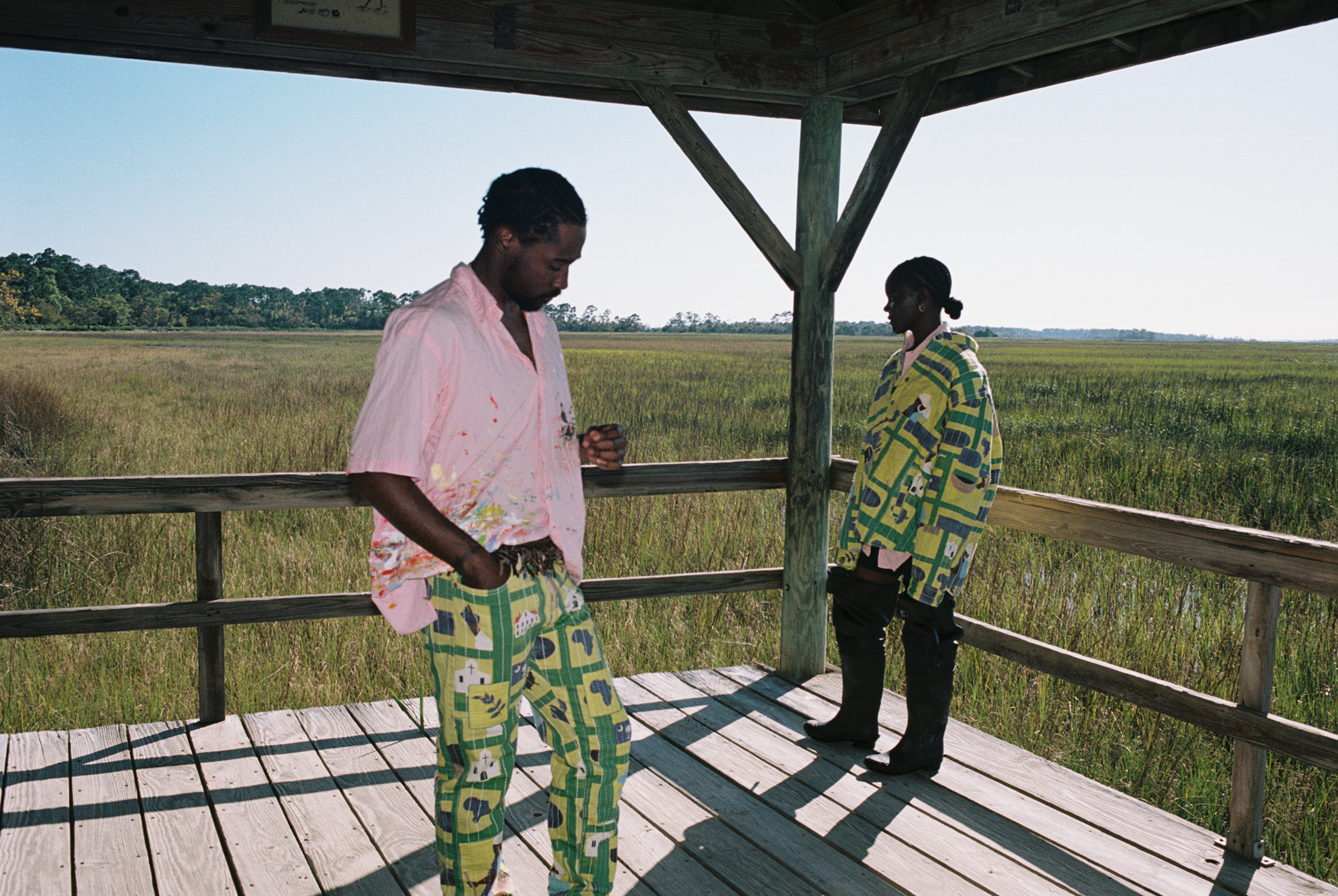xoxodede
Superstar
Bottle trees are from the Bakongo people that were brought to the USA as slaves. It all the fault of African Americans that we don't learn or want to know our history. When our folks decline to learn it then White people will claim that history as theirs.
Bottle trees' lineage traced to Africa
Joe Eaton and Ron Sullivan
Published 4:00 am PDT, Sunday, May 10, 2009
Bottle tree on a rebar frame in a south Berkeley yard.
Bottle tree on a rebar frame in a south Berkeley yard.
People in the Bay Area have remarkable things in their front yards: baroquely pruned trees, topiary squirrels and kangaroos, sheet-metal dinosaurs. Bottle trees are rare, though. We knew they had to be out there somewhere and, sure enough, one of Ron's Flickr contacts located a fine specimen - a living tree, which is unusual - in Albany, just off Solano Avenue.
We didn't want to disturb the resident, but we have to wonder if he or she is an expatriate Southerner, bottle trees being a Southern thing. A traditional form of African American yard art, the bottle tree has been embraced by Southern whites as well. The basic idea is to festoon a dead tree with cobalt-blue bottles. Variations include the Texas bluebonnet tree, with green bottles standing in for foliage and blue ones for the flowers.
The bottle tree has deep roots in Africa. Art historian Robert Farris Thompson traces it to the Bakongo people, whose homeland is near the mouth of the Congo River. Many of their customs survived the cruel filter of slavery and took hold in the Caribbean and U.S. South. The crossroads as a place of power and danger, where bluesmen went to have the devil tune their guitars, is straight out of Kongo cosmology.
Thompson writes in "Kongo Influences on African-American Artistic Culture," his essay in "Africanisms in American Culture," that a French priest reported a Bakongo custom of attaching broken pots to tree branches "to drive away sterility and the evil spirits" in 1776. Later, containers called nkisi were placed in trees around Bakongo homes as protection from thieves.
The bottle tree tradition traveled to Trinidad, the Bahamas and eventually to the American mainland. In "Bighearted Power," his essay in "Keep Your Head to the Sky: Interpreting African American Home Ground," Thompson says the most important bottle tree clusters today are in east Texas, southeastern Arkansas and southern Alabama.
Eudora Welty documented them in Mississippi and incorporated them into her story "Livvie": "Coming around up the path from the deep cut of the Natchez Trace below was a line of bare crape-myrtle trees with every branch of them ending in a colored bottle, green or blue." Welty's character Livvie "was familiar from the time she was born with the way bottle trees kept evil spirits from coming into the house - by luring them inside the colored bottles, where they cannot get out again."
There were other beliefs about bottle trees. John Biggers, quoted by Thompson in "Bighearted Power," was taught that the noise of the bottles would scare birds away from fruit trees and that "if you put pots on the trees at the right time of the moon the bottle-tree would bring rain."
Thompson writes that Southern whites adopted the custom, with variations: They were more likely to use cedar trees, with upward-reaching branches, than the traditional crape myrtle.
The tradition thrives in Texas, where Brenda Beust Smith passes on tips from bottle tree gurus: Some use PVC pipes to attach the bottles to the branches.
Smith recommends leaving the branches long enough to hold entire bottles so they won't fly off in the wind. She advises making sure they're far enough apart that they won't clang together (unless, of course, you're trying to repel birds rather than spirits). Wood posts with large nails or rebar rods can stand in for trees. There's an artificial bottle tree in a South Berkeley yard near the Ashby BART Station.
And although it's not in the front yard, we have to salute Berkeley artist Marcia Donahue and the blue vodka-bottle tree in her yard. She says she was inspired by an exhibition of art of the African diaspora at the Berkeley Art Museum.
We've never encountered evil spirits in her yard, so the nkisi must be doing their jobs.
Bottle trees' lineage traced to Africa
On the bolded - I totally agree. We have to figure out ways collectively to share our history.




 Maybe she trapped it in there by accident when she painted her house
Maybe she trapped it in there by accident when she painted her house


